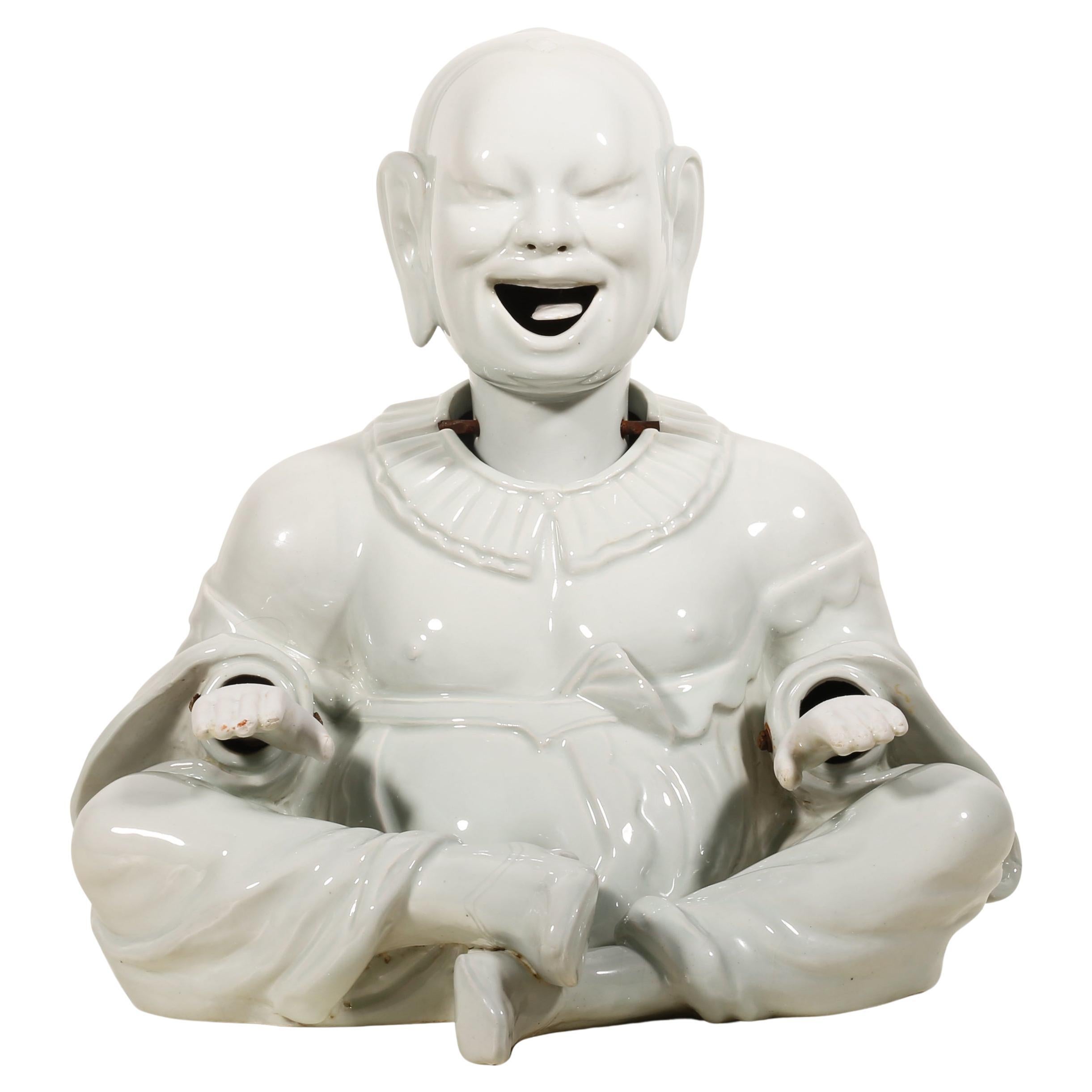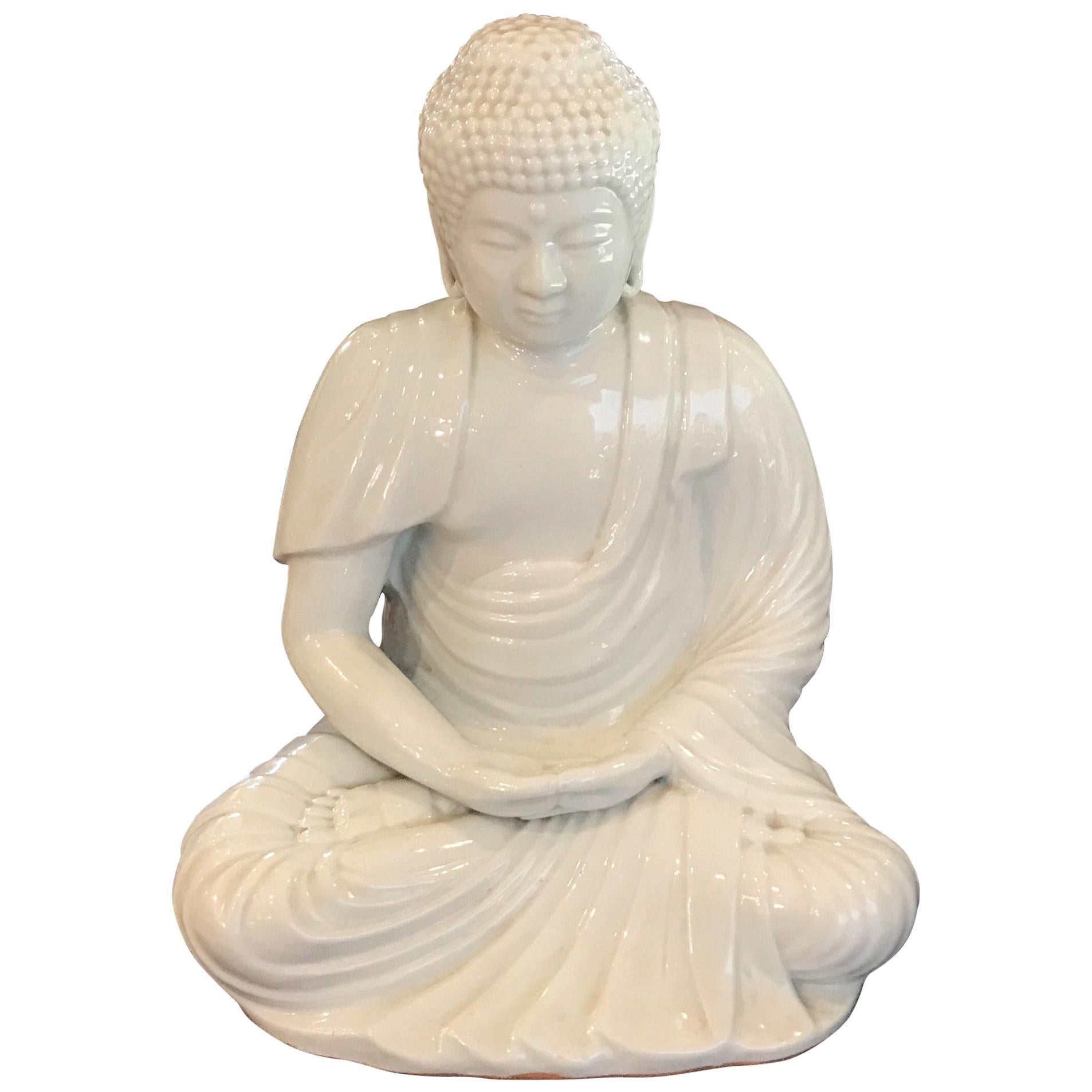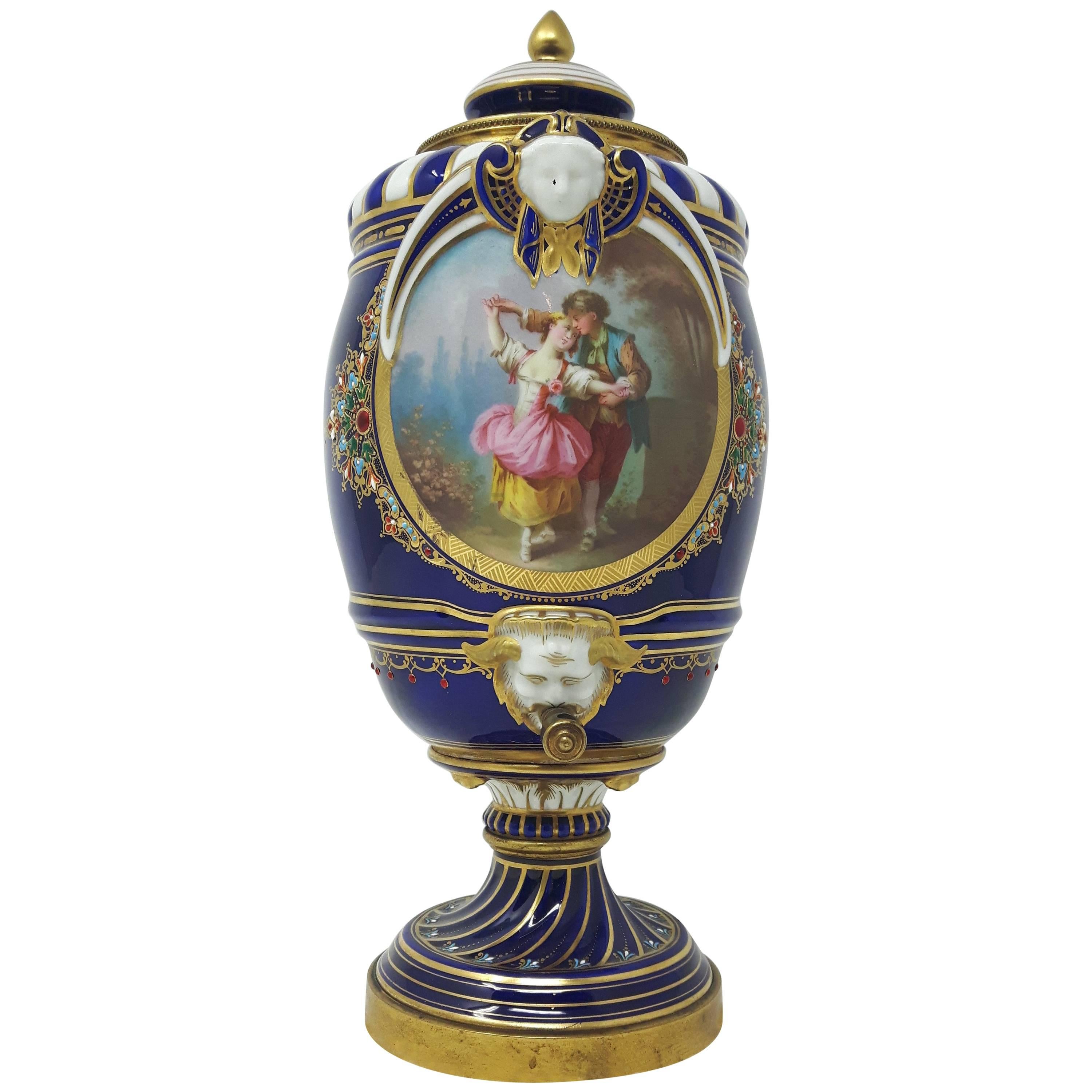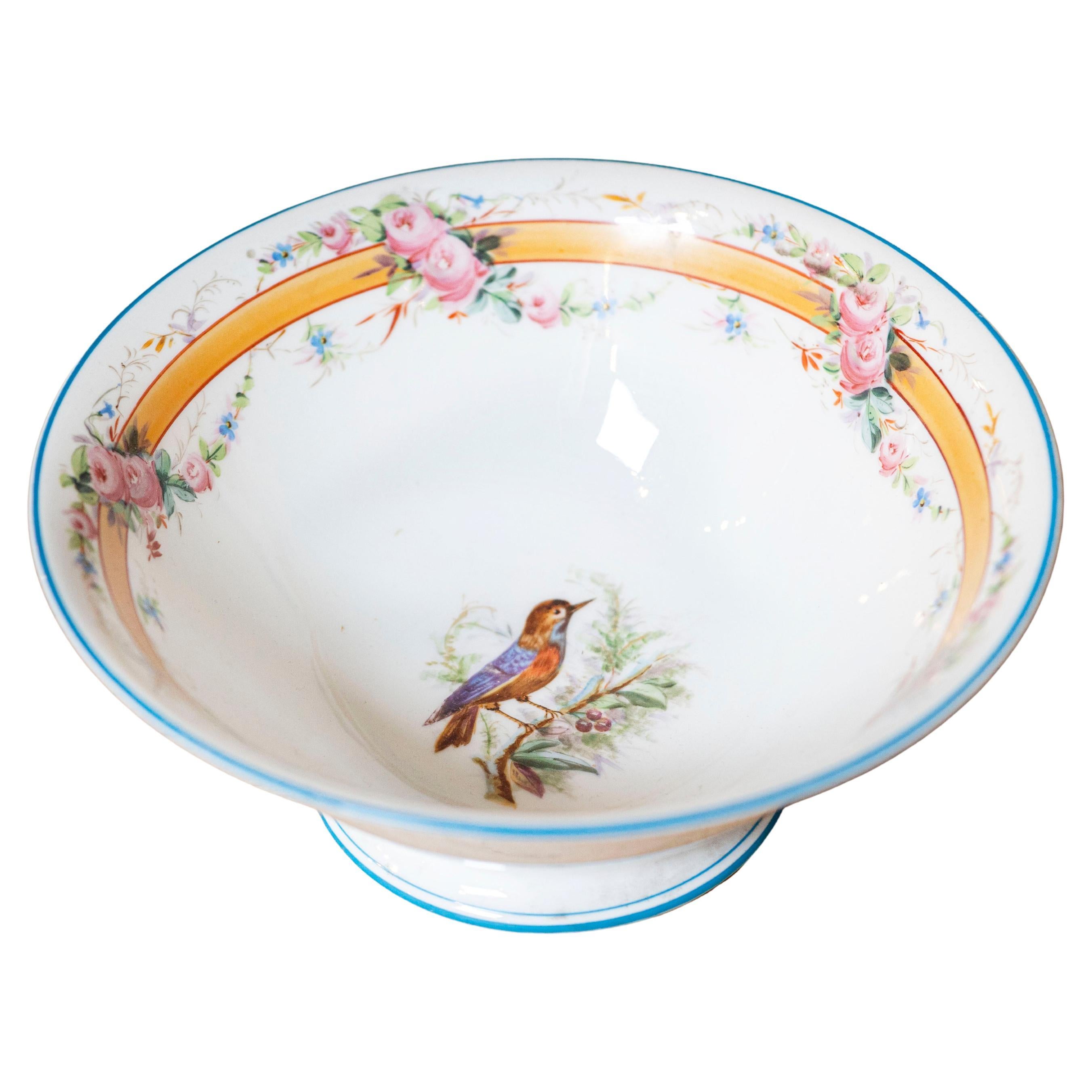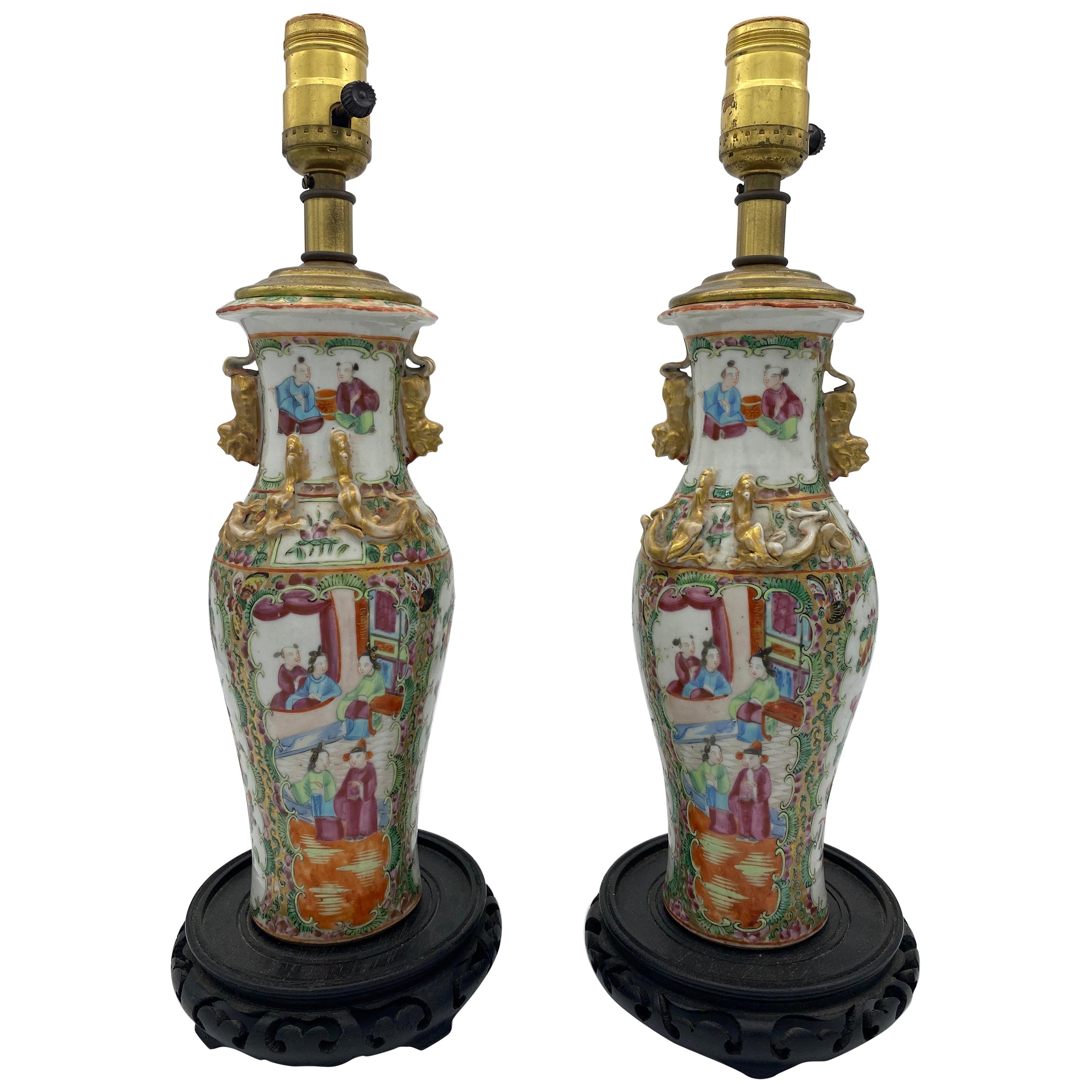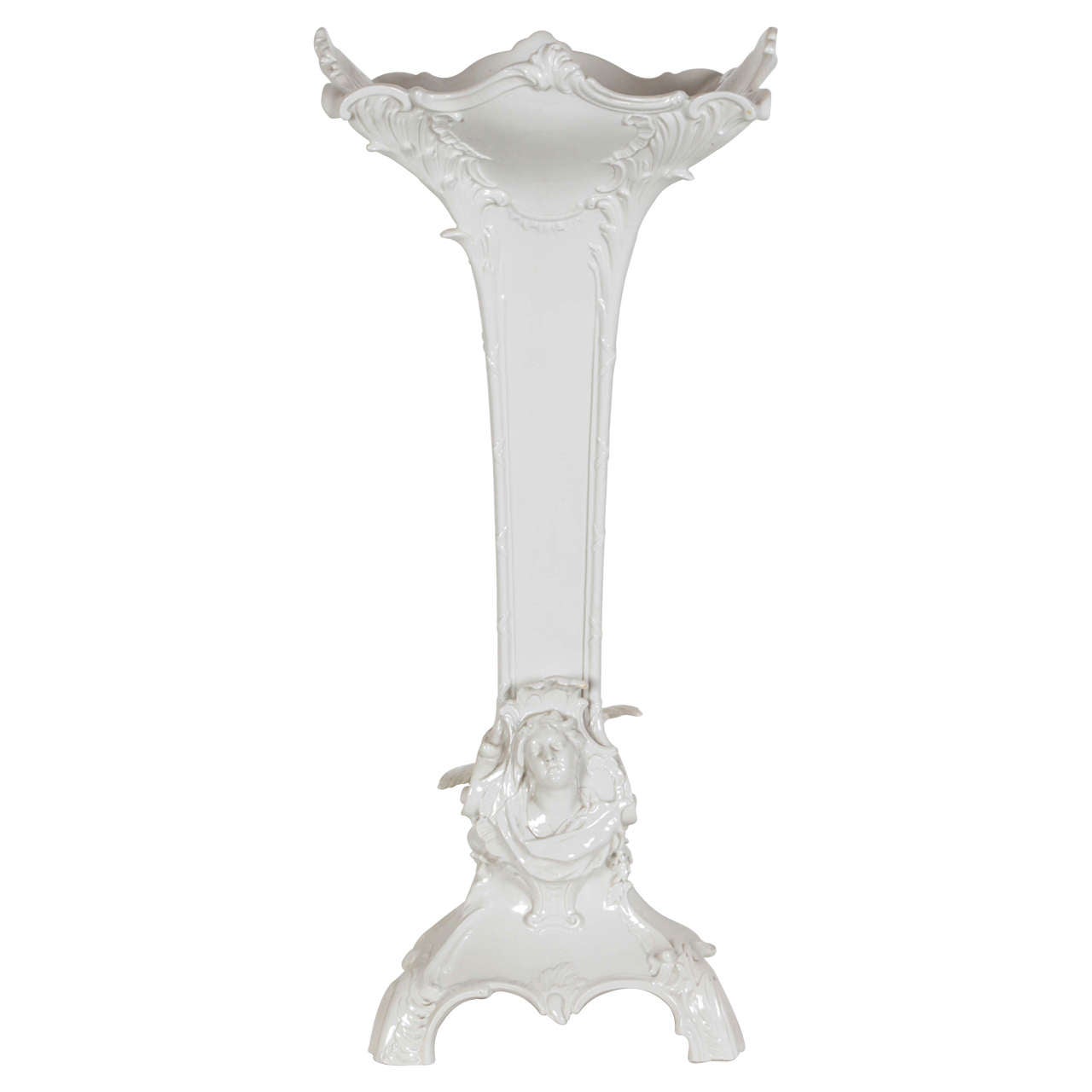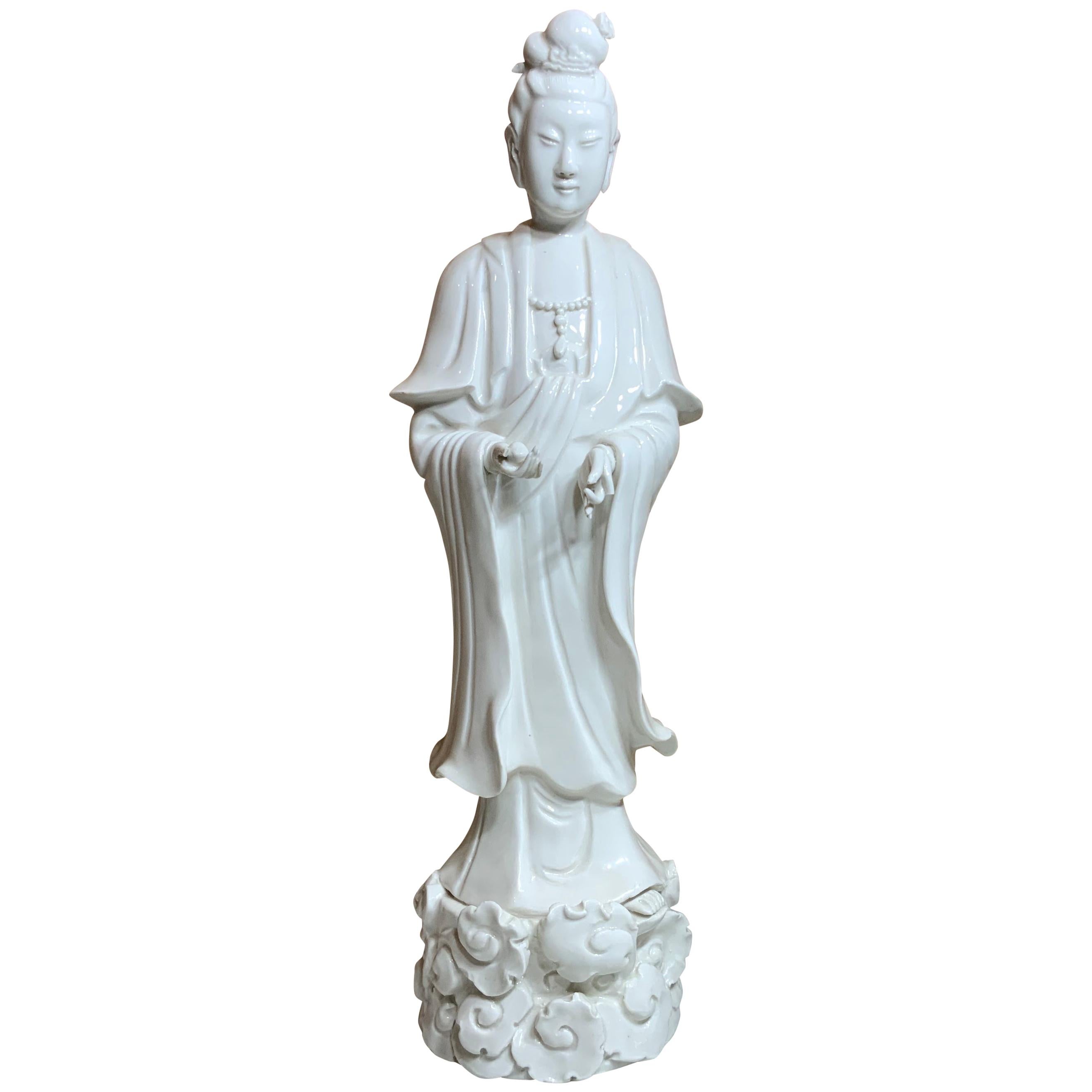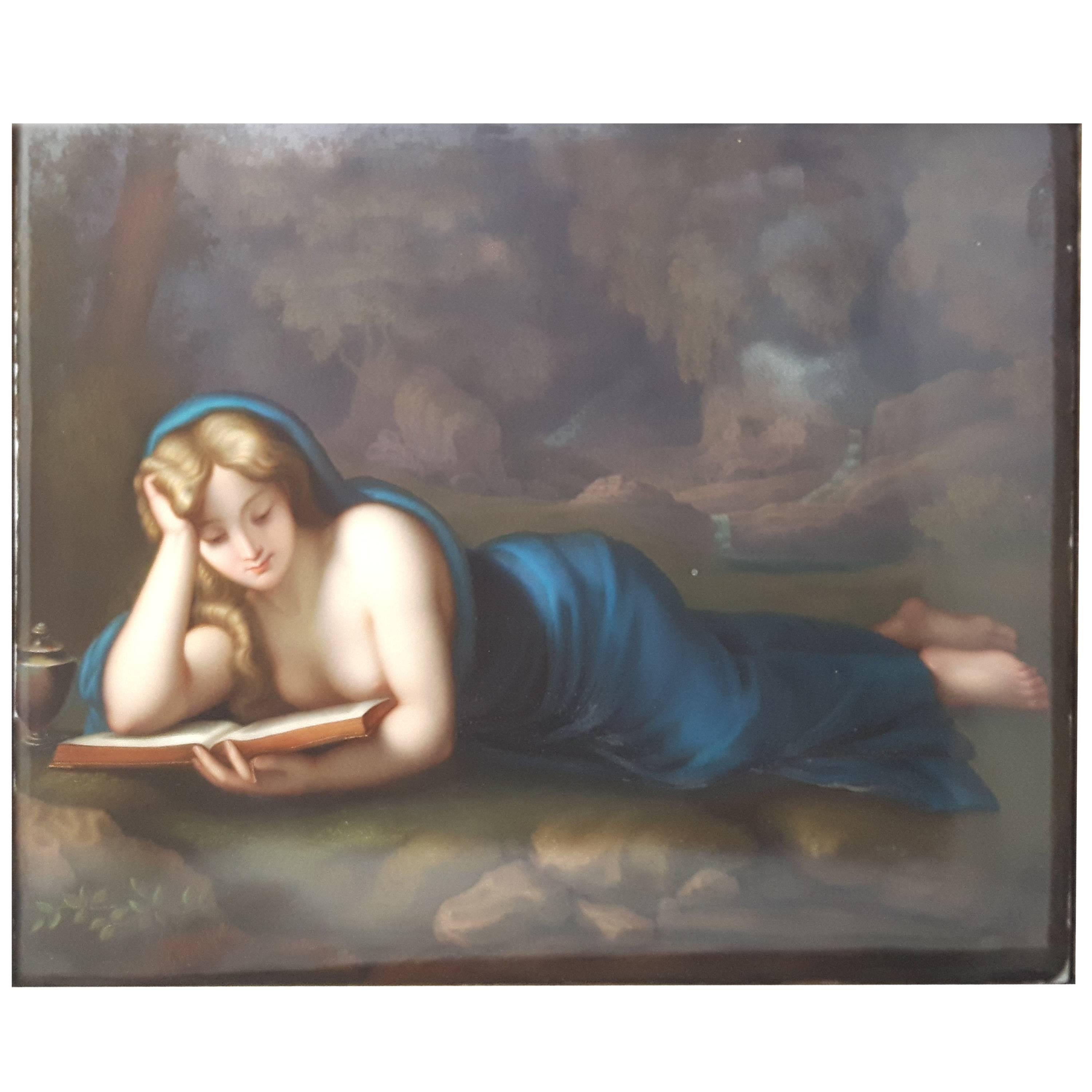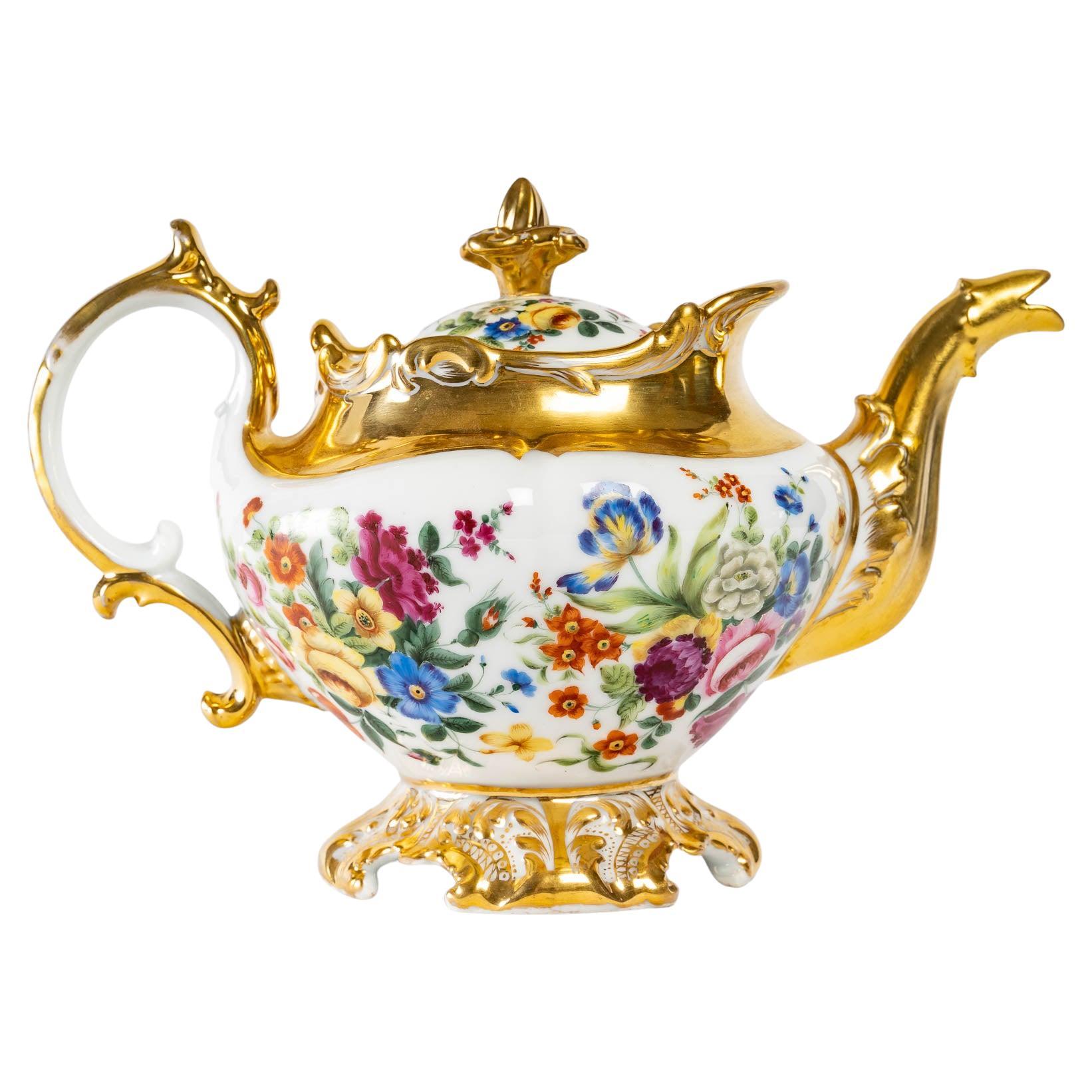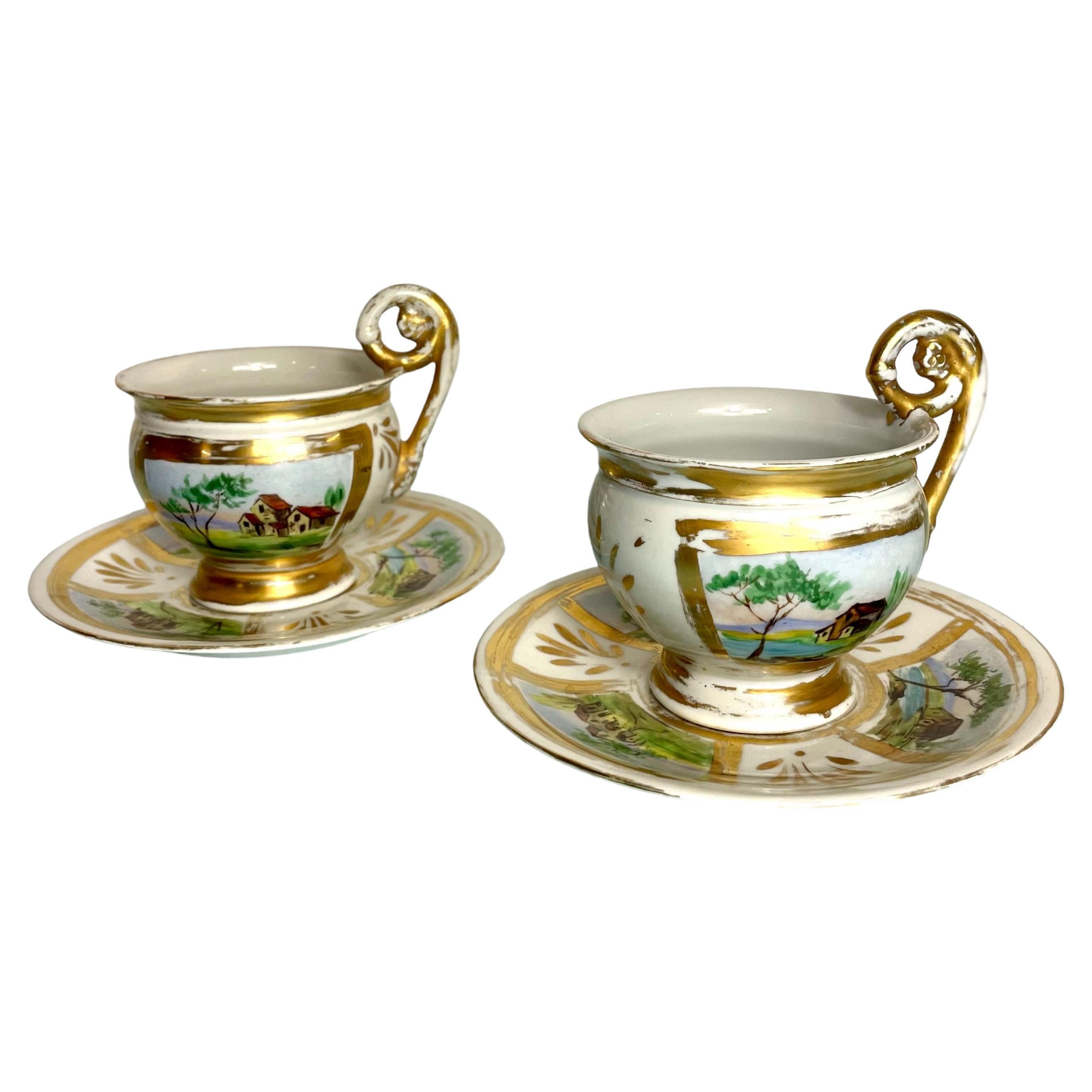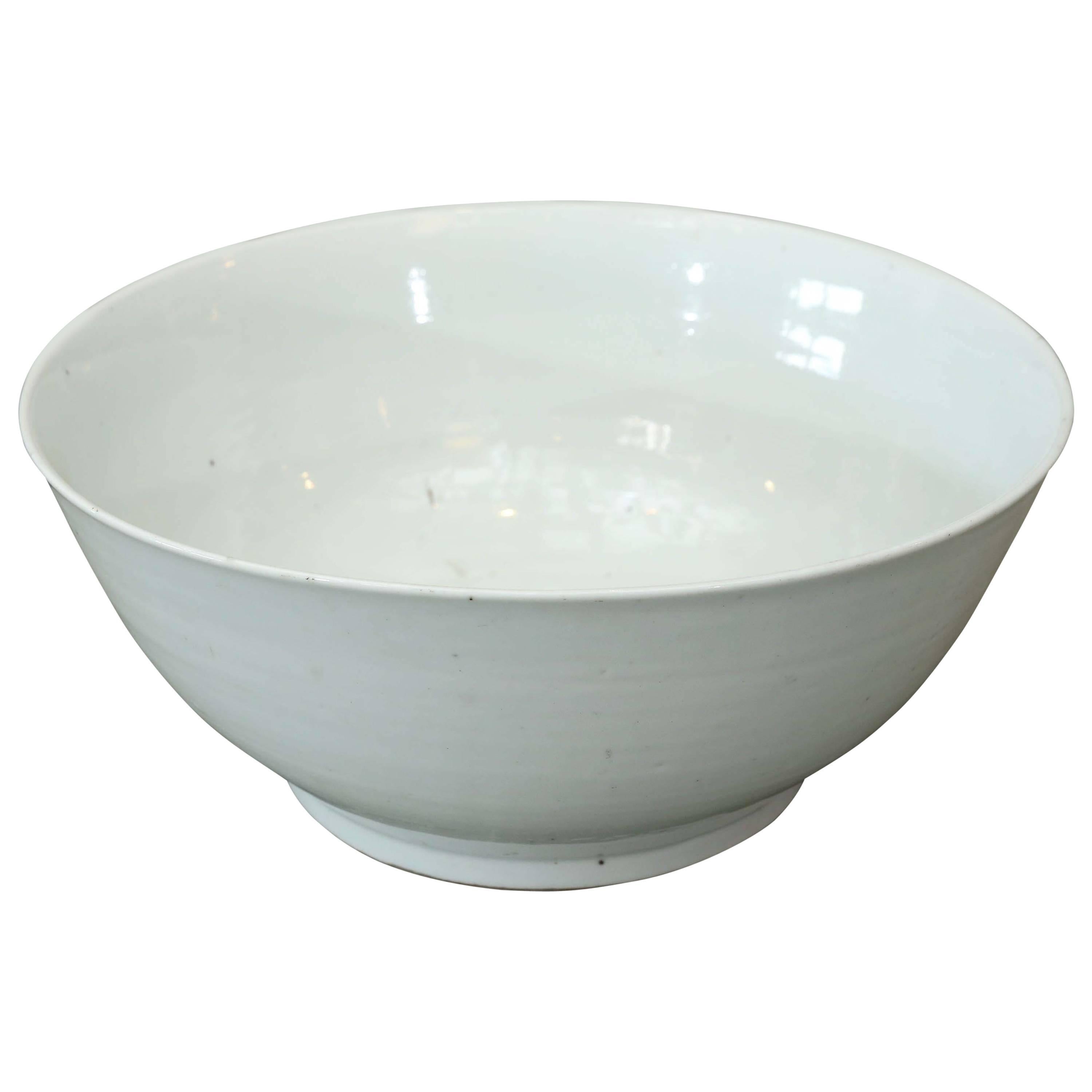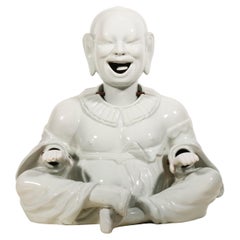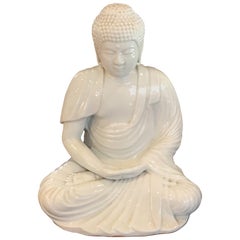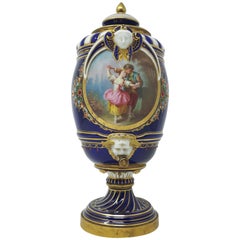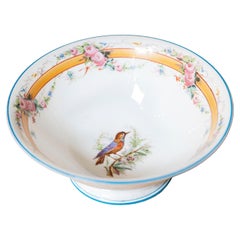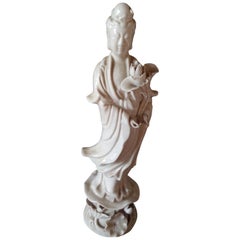
19th Century Porcelain, Blanche de Chine Buddha
View Similar Items
1 of 5
19th Century Porcelain, Blanche de Chine Buddha
About the Item
- Dimensions:Height: 4.73 in (12 cm)Diameter: 2.37 in (6 cm)
- Style:Chinoiserie (In the Style Of)
- Materials and Techniques:
- Place of Origin:
- Period:
- Date of Manufacture:1880
- Condition:
- Seller Location:Lentate sul Seveso (Mb), IT
- Reference Number:1stDibs: LU4277214150301
Authenticity Guarantee
In the unlikely event there’s an issue with an item’s authenticity, contact us within 1 year for a full refund. DetailsMoney-Back Guarantee
If your item is not as described, is damaged in transit, or does not arrive, contact us within 7 days for a full refund. Details24-Hour Cancellation
You have a 24-hour grace period in which to reconsider your purchase, with no questions asked.Vetted Professional Sellers
Our world-class sellers must adhere to strict standards for service and quality, maintaining the integrity of our listings.Price-Match Guarantee
If you find that a seller listed the same item for a lower price elsewhere, we’ll match it.Trusted Global Delivery
Our best-in-class carrier network provides specialized shipping options worldwide, including custom delivery.You May Also Like
Magot, original 19th century porcelain Buddha
Located in Vicenza, IT
Magot of exceptional size with tilting head, tongue and hands. Material made entirely of porcelain, with the exception of the "biscuit" hands.
What are magots?
The word magot comes from the French: barbary ape. They are male or female figures with oriental features. Usually the material used for the representation was painted or decorated porcelain. The subject depicted, in a good-natured and pleasant way, is Pu-Tai. The Chinese god of happiness and abundance.
It is said that they brought good luck because, thanks to their head, tongue and jointed hands, they were able to warn earthquakes.
They arrived in Europe between the end of the seventeenth century and the beginning of the eighteenth century thanks to the first connections between European merchants (Venetian in particular) and Chinese. In the following decades, they became a status symbol to be displayed in aristocratic homes. They found fertile ground in Europe thanks to the fashion for the exotic that developed in the Old Continent during the first decades of the eighteenth century. This fashion can be found in various objects of the time, not only in the Magot, see the toilet objects and lacquered furnishings decorated with the famous chinoiseries.
In a few years, thanks to the increased demand, our factories also began working to satisfy this new form of collecting.
From the German ones: Meissen, Dresden, Rudolstadt; to the French ones: Saint Claude Samson and Chantilly, to the Italian ones.
True masterpieces were created throughout Northern Italy. The Piedmontese ones, made of papier-mâché, were then unusual.
Authenticity:
Completely intact to the naked eye and the infrared lamp...
Category
Antique Late 19th Century Italian Porcelain
Materials
Porcelain
Antique Japanese Blanc de Chine Buddha
Located in Lambertville, NJ
A blanc de chine porcelain figure of the Buddha, Japanese, Kutani, circa 1900.
Category
Antique Early 1900s Japanese Meiji Sculptures and Carvings
Materials
Porcelain
$750 / item
19th Century Porcelain Samovar
By Manufacture Nationale de Sèvres
Located in London, GB
A beautiful and very unusual jewelled porcelain samovar, Sèvres porcelain from the 18 century but decorated in the first quarter of the 19th century, probably in the workshop of Emil...
Category
Antique Mid-19th Century French Napoleon III Porcelain
Materials
Porcelain
19th Century French Porcelain
Located in Atlanta, GA
This 19th-century French porcelain piece is a finely crafted example of the decorative artistry of the time, likely influenced by the Rococo Revival or Neoclassical styles that were ...
Category
Antique 19th Century French Rococo Revival Porcelain
Materials
Porcelain
19th Century Chinese Porcelain Vase Lamp
Located in Brea, CA
19th century Chinese porcelain vase now mounted as lamps. Decorated with beautiful flowers and a family. Vase not including lamp is 10 i...
Category
Antique 19th Century Chinese Qing Porcelain
Materials
Porcelain
Large Blanc de Chine Berlin Porcelain Vase
By KPM Porcelain
Located in New York, NY
This tall, slender, blanc de chine porcelain vase was made around 1910 in Berlin by KPM, and was probably designed by Alexander Kips. Blending elements of the Art Nouveau and Rococo ...
Category
Antique Early 1900s German Art Nouveau Vases
Materials
Porcelain
Recently Viewed
View AllMore Ways To Browse
Russian Fairy Tale Plates
Schmid Green Porcelain
Schoelcher Porcelain
Seth Pennington
Sevres Demitasse
Sevres Porcelain Swan Cups
Shelley Potteries
Shetland Pony
Sieve Porcelain
Sophie Villepigue
Spode Crescent
Spode Dinnerware
Spode Indian Tree
Spode Mugs
Stevenson And Hancock
Sulamith Wulfing
Suze Robertson
Three Graces Porcelain By Meissen
